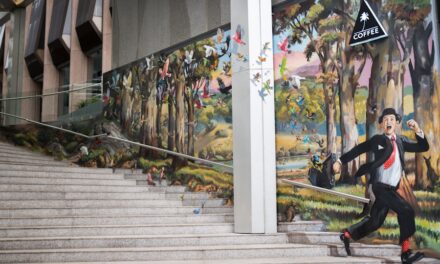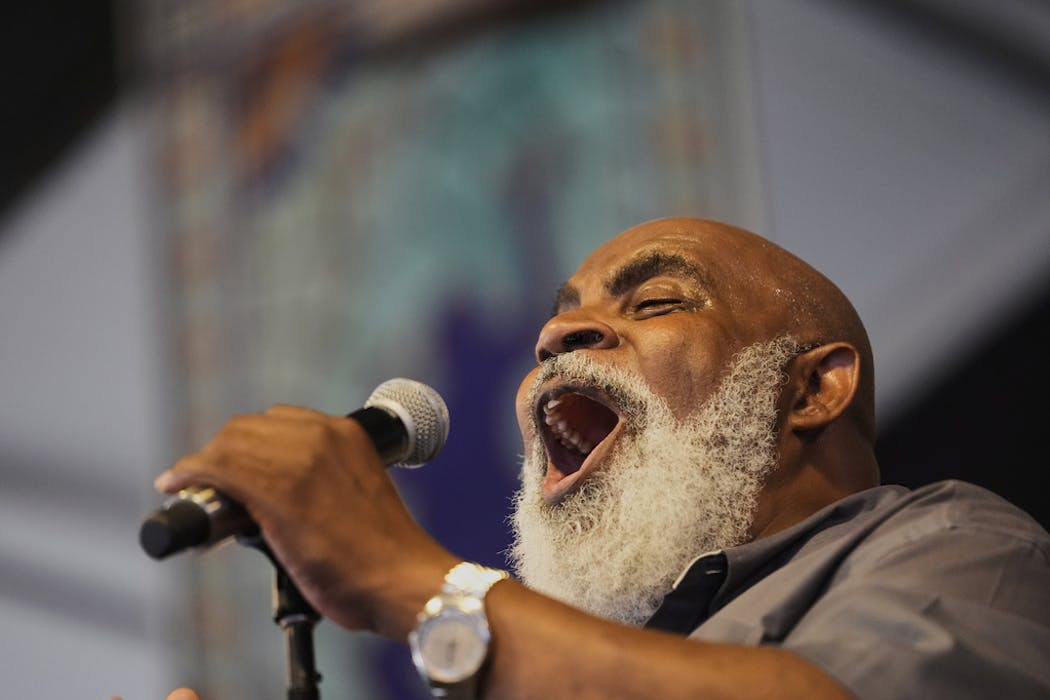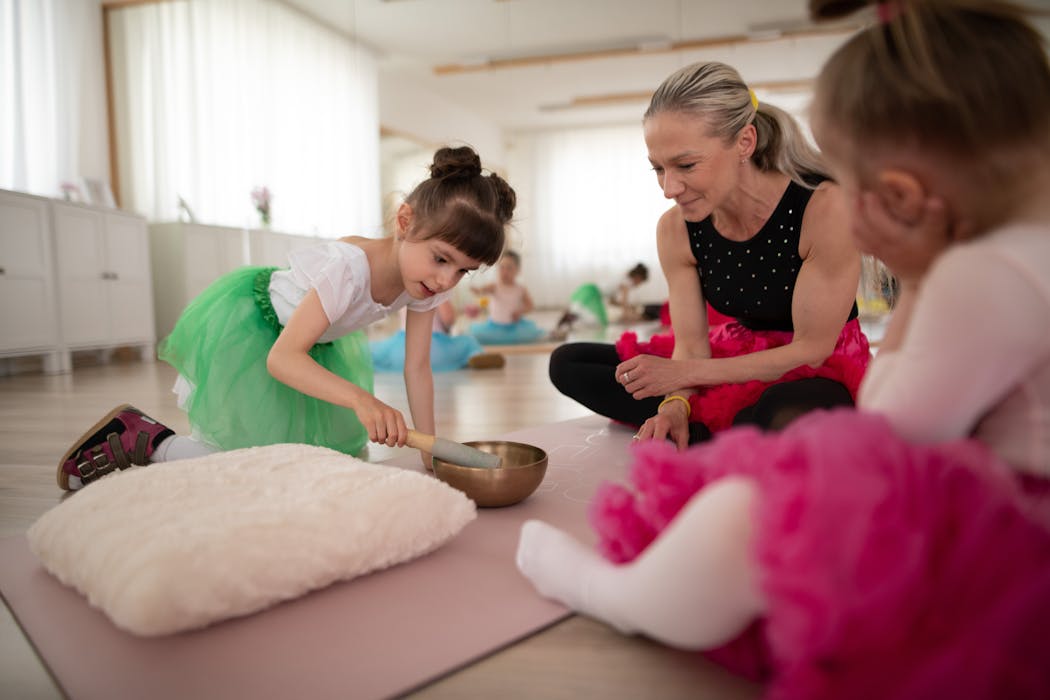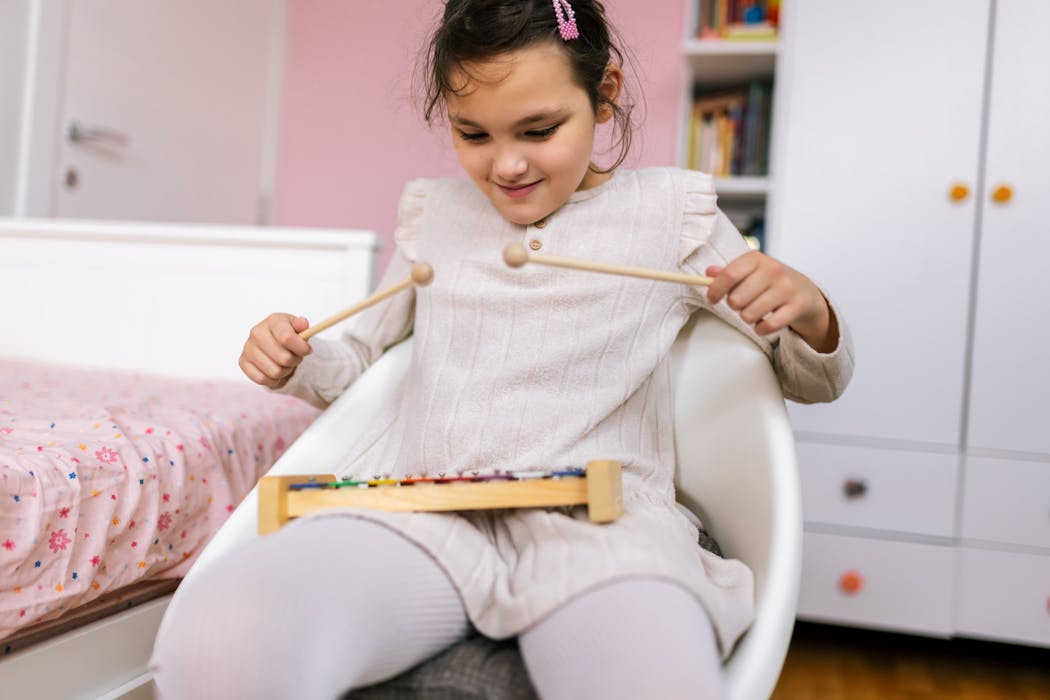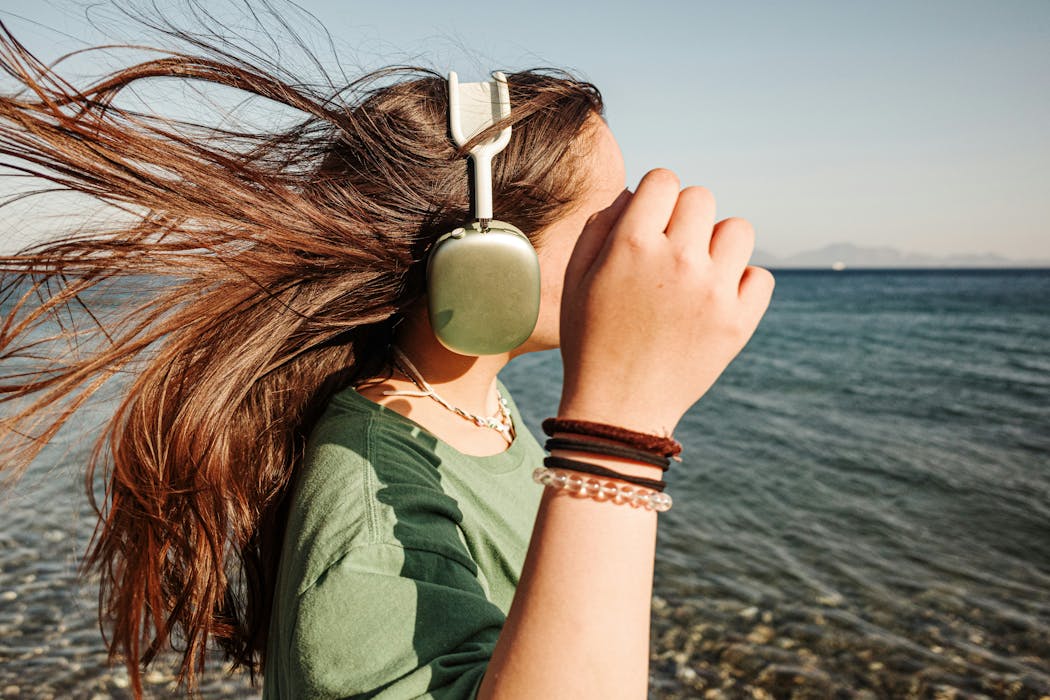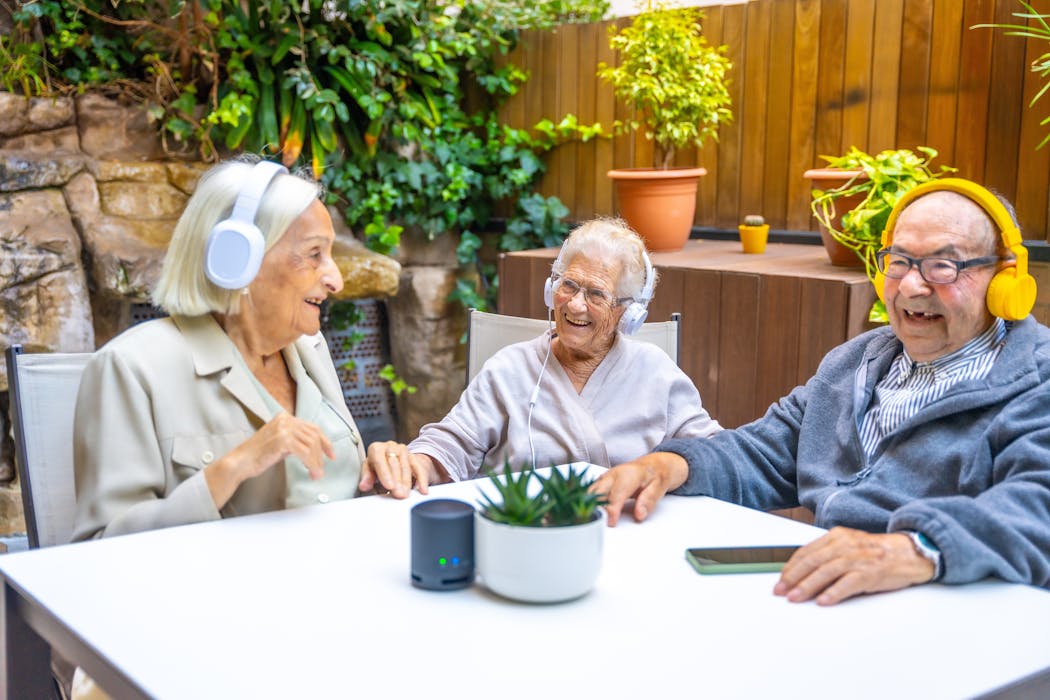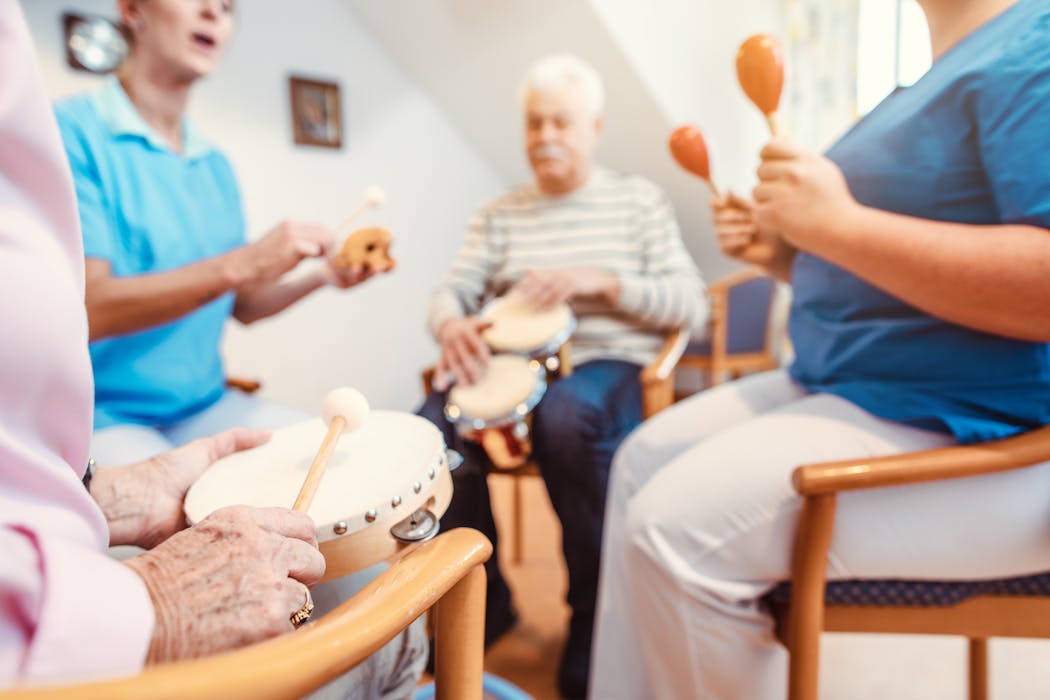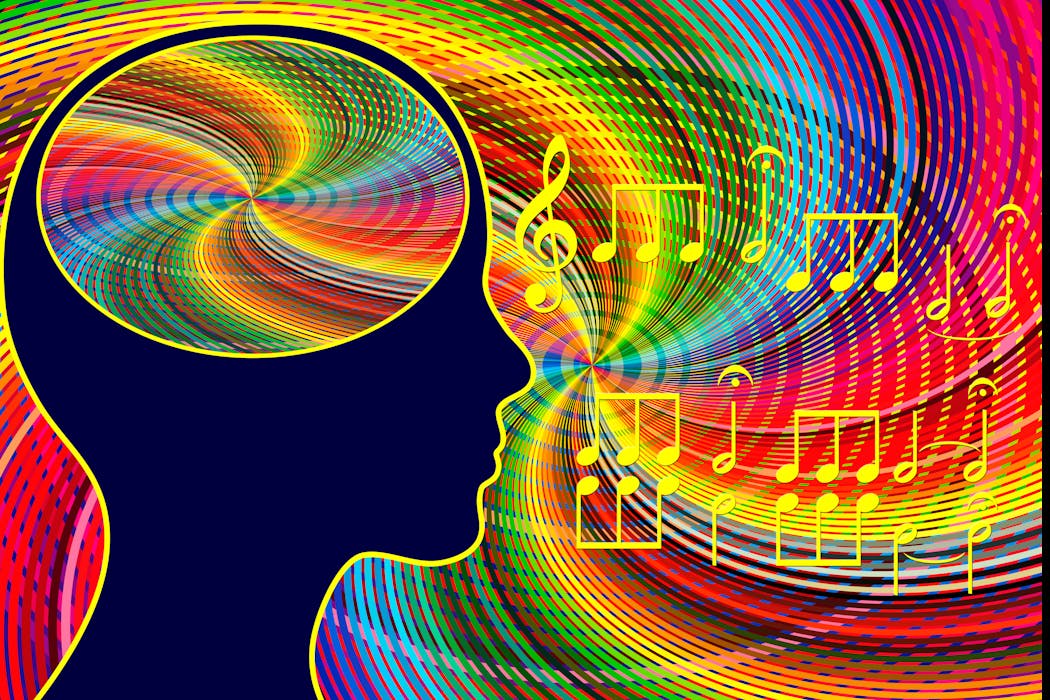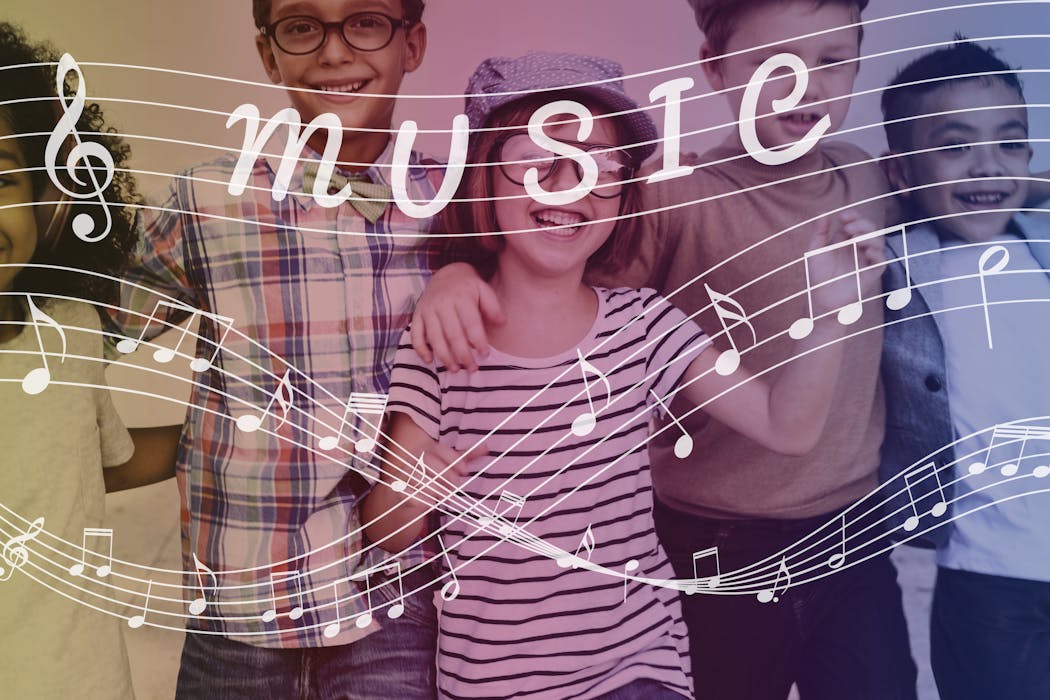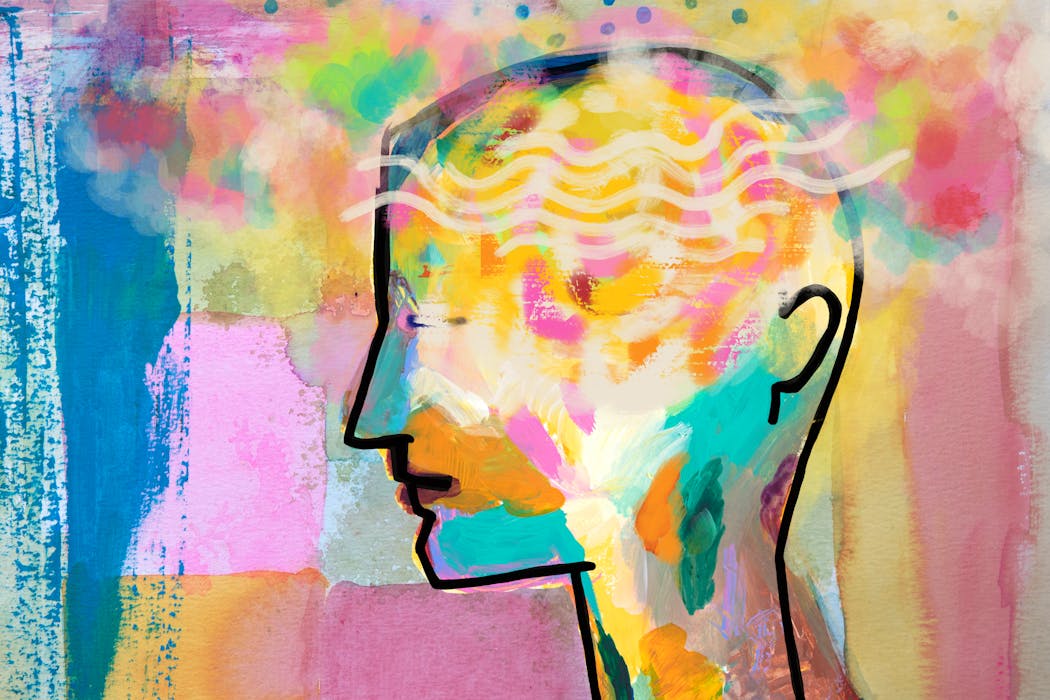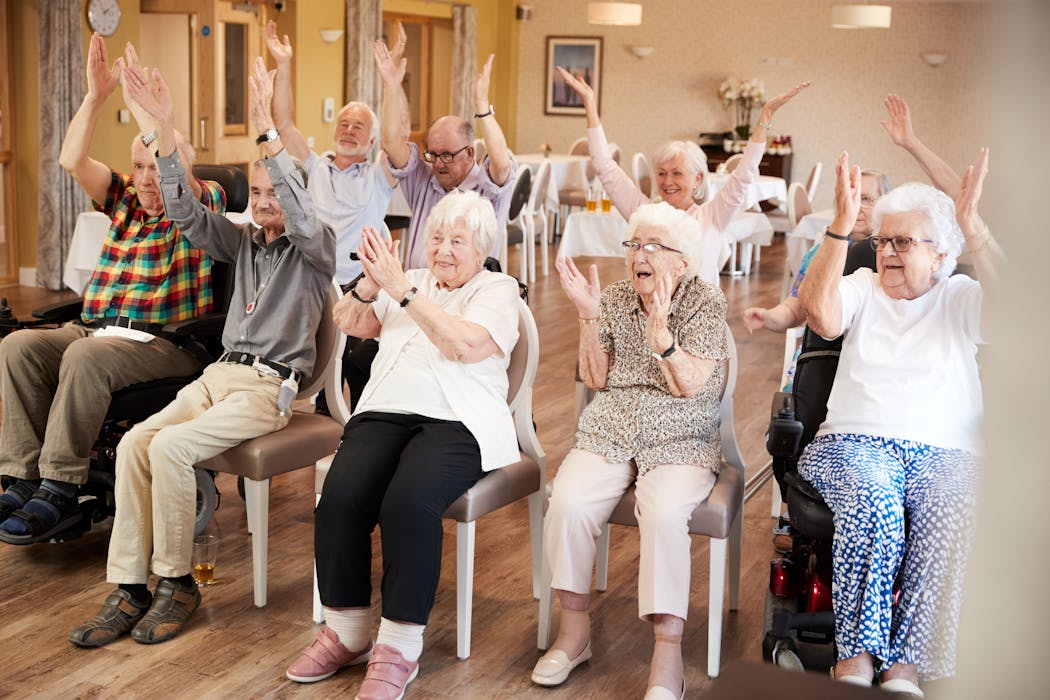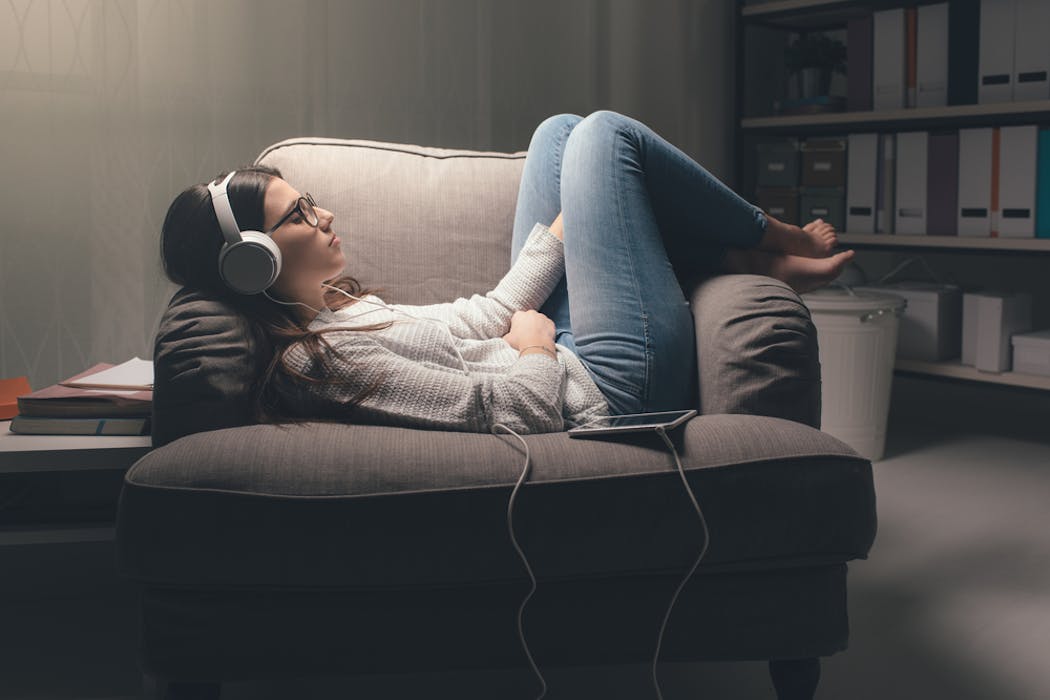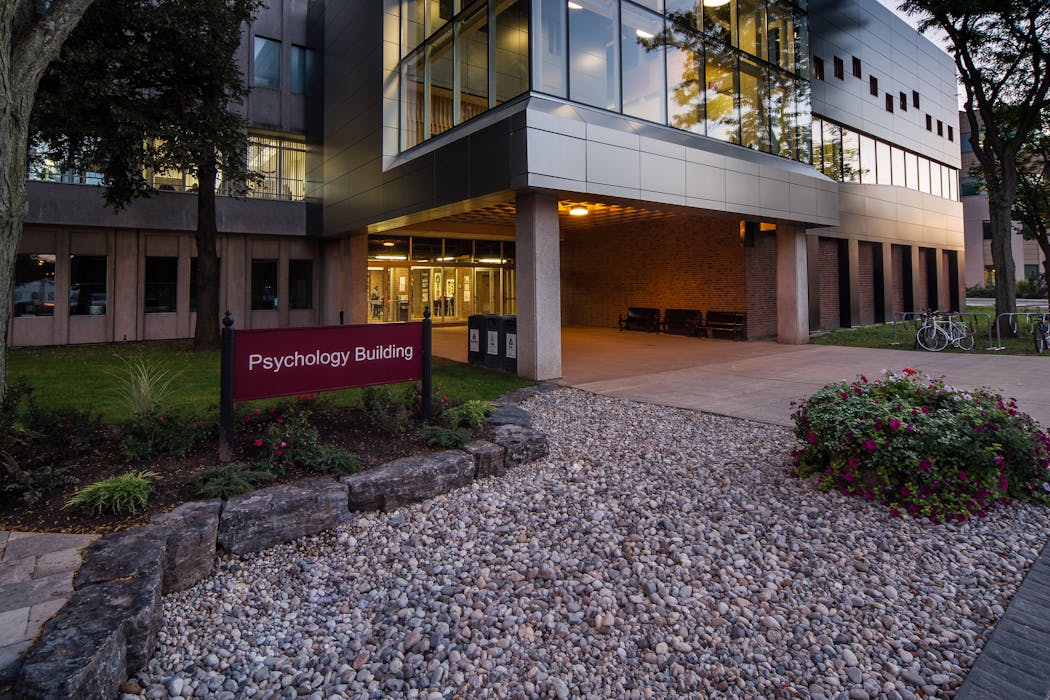Expressive therapy in group settings offers a wide range of benefits for individuals seeking emotional healing and personal growth. One of the key advantages of group therapy is the sense of community and support that it provides. Being part of a group allows individuals to connect with others who may be experiencing similar struggles, creating a sense of belonging and understanding. This can be particularly beneficial for those who may feel isolated or alone in their struggles.
Additionally, group therapy provides a platform for individuals to share their experiences and learn from others, fostering a sense of empathy and compassion. Through the process of creating and sharing art, participants can gain insight into their own emotions and experiences, as well as develop a deeper understanding of the experiences of others. This can lead to increased self-awareness and personal growth, as well as a greater sense of connection with others.
How Art Can Help Individuals Express Emotions and Heal
Art has long been recognized as a powerful tool for self-expression and emotional healing. Through the process of creating art, individuals can externalize their internal experiences and emotions, allowing them to gain insight into their thoughts and feelings. This can be particularly beneficial for those who may struggle to articulate their emotions verbally, as art provides a non-verbal means of communication.
Furthermore, engaging in art-making can be a cathartic and empowering experience, allowing individuals to release pent-up emotions and find a sense of relief and release. The act of creating art can also serve as a form of mindfulness, allowing individuals to focus on the present moment and engage in a meditative process that can promote relaxation and stress reduction. Overall, art can serve as a powerful tool for individuals to express themselves, process their emotions, and embark on a journey of healing and self-discovery.
Techniques and Activities Used in Expressive Therapy
Expressive therapy encompasses a wide range of techniques and activities that can be used to facilitate emotional healing and personal growth. Some common techniques used in expressive therapy include drawing, painting, sculpting, collage-making, and other forms of visual art. These activities allow individuals to externalize their internal experiences and emotions, providing a tangible means of expression.
In addition to visual art, expressive therapy may also incorporate movement-based activities such as dance, yoga, or drama therapy. These activities can help individuals connect with their bodies and express themselves through movement, providing a holistic approach to emotional healing. Music therapy is another powerful tool used in expressive therapy, allowing individuals to connect with their emotions through the creation and appreciation of music.
The Role of the Therapist in Facilitating Expressive Therapy Sessions
The role of the therapist in facilitating expressive therapy sessions is crucial in creating a safe and supportive environment for emotional healing. Therapists must possess a deep understanding of the creative process and be able to guide individuals through the art-making process in a sensitive and empathetic manner. They must also be skilled in creating a non-judgmental and supportive atmosphere that encourages individuals to express themselves freely.
Therapists may also use various therapeutic techniques such as guided imagery, storytelling, or journaling to help individuals explore their emotions and experiences. Additionally, therapists must be attuned to the individual needs of each participant and be able to adapt their approach to meet those needs. Overall, the therapist plays a vital role in creating a nurturing environment that allows individuals to explore their emotions and embark on a journey of healing.
Creating a Safe and Supportive Environment for Group Art Therapy
Creating a safe and supportive environment for group art therapy is essential in fostering emotional healing and personal growth. Therapists must establish clear guidelines for the group that promote respect, confidentiality, and empathy. This can help create a sense of trust and safety within the group, allowing individuals to feel comfortable expressing themselves openly.
Additionally, therapists must be mindful of the physical environment in which the therapy takes place, ensuring that it is conducive to creativity and expression. Providing a variety of art materials and resources can also help individuals feel empowered to explore their creativity and express themselves freely. Overall, creating a safe and supportive environment is essential in allowing individuals to engage in the art-making process with openness and vulnerability.
Case Studies and Success Stories of Expressive Therapy in Group Settings
There are numerous case studies and success stories that highlight the effectiveness of expressive therapy in group settings. For example, research has shown that group art therapy can be particularly beneficial for individuals struggling with trauma, addiction, or mental health issues. Through the process of creating art and sharing their experiences with others, participants have reported increased self-awareness, improved mood, and a greater sense of connection with others.
Additionally, success stories from group art therapy programs have demonstrated the power of creative expression in promoting emotional healing and personal growth. Participants have reported feeling more empowered to express themselves, gain insight into their emotions, and develop coping skills to navigate life’s challenges. These case studies serve as powerful evidence of the transformative potential of expressive therapy in group settings.
How to Incorporate Expressive Therapy into Your Practice or Community
Incorporating expressive therapy into your practice or community can be a powerful way to support emotional healing and personal growth. Therapists can consider offering group art therapy programs as part of their practice, providing individuals with an opportunity to engage in creative expression in a supportive environment. Additionally, community organizations such as schools, hospitals, or community centers can offer group art therapy programs to support the emotional well-being of their members.
Furthermore, therapists can collaborate with other professionals such as social workers, counselors, or healthcare providers to integrate expressive therapy into existing treatment programs. By working together, professionals can provide individuals with a holistic approach to emotional healing that addresses their physical, emotional, and mental well-being. Overall, incorporating expressive therapy into your practice or community can provide individuals with a powerful tool for self-expression, emotional healing, and personal growth.
Find out how Torongo Therapyplus can help you with your needs. Get in touch with us at smile@torongo.life, or call us on 02 8809 9965.



